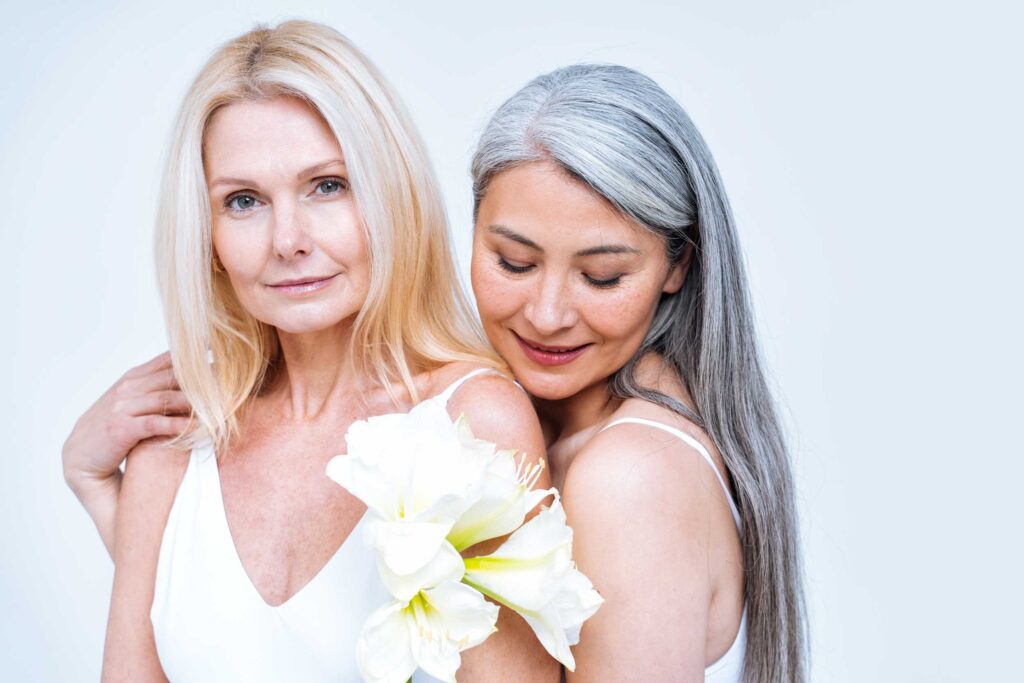Change happens to our bodies and is more pronounced in particular times of our age than in other times. For women, breast size changes significantly in different growth stages so this becomes an important consideration when it comes to awareness of what is considered as normal change as well as bra size selection. From puberty to pregnancy and to menopause, one can experience these major changes and most especially as you are in the more mature part of your life. Today we are going to cover what these changes are when you age so you can be aware of them and not be worried when experiencing them.
Here are 6 things that happen to your breasts as you age:

- Your breasts may sag. You will actually notice this not just in your breasts but also in the rest of your skin. This is due to a combination of factors, including the loss of collagen and elastin in the skin, the weakening of the Cooper’s ligaments that support the breasts, and the effects of gravity. The sagging is more pronounced in breasts because it constantly deals with weight.
- Your breasts may become smaller. This is also due to the loss of collagen and elastin, as well as the decrease in the amount of fatty tissue in the breasts. Do not worry too much if this happens because this is a normal part of aging in general. When you age you no longer need your breasts for breastfeeding so it no longer needs to have as much fatty tissue as before.
- Your nipples may become flatter. In connection with no. 2, you will experience the reduction of your nipple depth. This is because the milk ducts in the nipples shrink as you age.
- Your areolas may darken. This is due to changes in the hormones that control pigmentation. However, for this change, it is not consistently the same for all women. Some women may experience paler areolas. Both of these pigmentation changes are still a result of the hormones in your body.
- You may develop more moles and skin tags on your breasts. As the skin begins to lose its elasticity, it is prone to develop skin tags. Moles may also be more prominent because of estrogen and testosterone which are increased in aging women. While moles are not considered diagnostic of breast cancer, there are some cases where it is actually indicative of breast cancer. They can also be indicative of melanoma or skin cancer. Only a physician’s assessment can truly rule it out or confirm it.
While one may be going through these changes, it is important to note these as a way to guide you for self-examination. Women in their 40s to 50s have increased risk of breast cancer so regular self-examination of the breast can save lives because breast cancer is treatable especially at the early stages.
While there may be breast augmentation procedures to modify your breasts to combat these changes, if you prefer a non-invasive and supportive measure, it helps to wear a good-fitting bra that is just the right size to provide support. That way the gravitational pull on your skin will be countered by the bra support. Regular exercise, with focus on your chest muscles, will also help bring some tautness to your breasts. Matching the exercise habit, a good sleep helps with cell regeneration. Lastly, supplementation of collagen and multivitamins will also help in slowing down the aging process on your skin.
